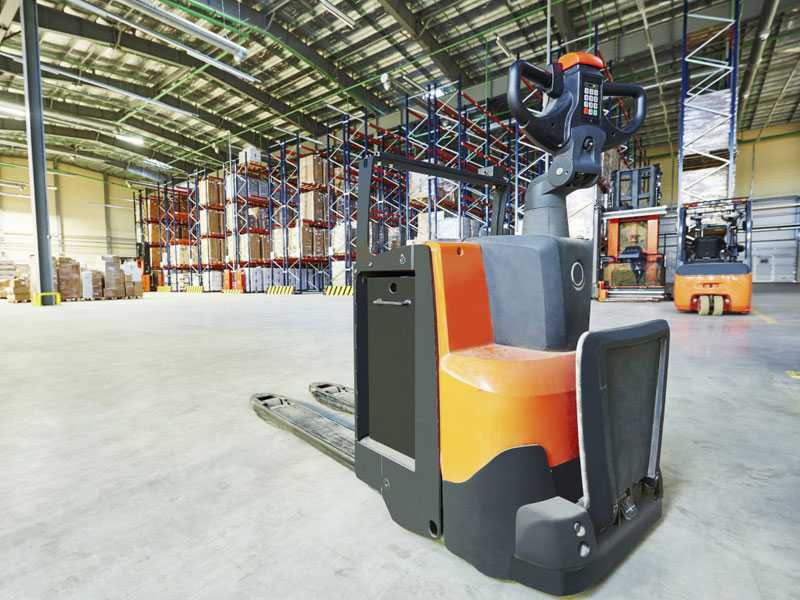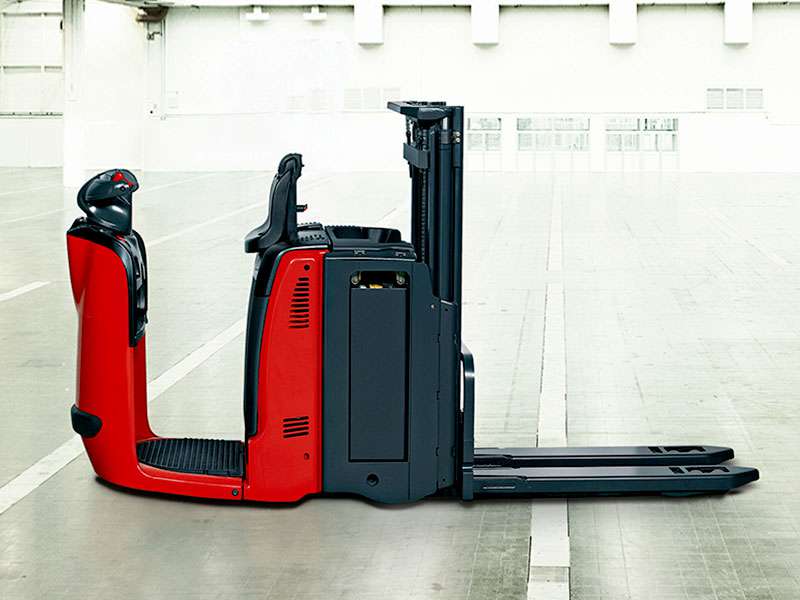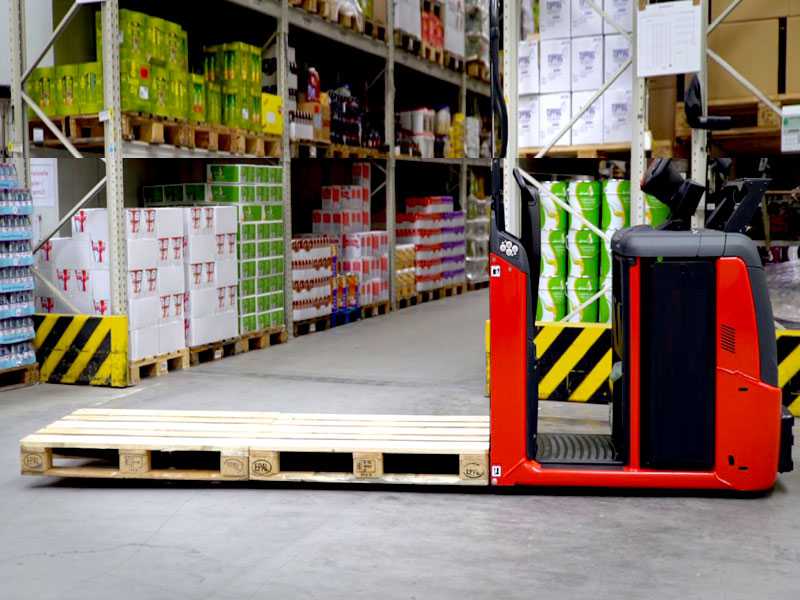HSE GUIDELINES
LIFT-TRUCK TRAINING
Who can provide training?
The employers should make sure that the lift-truck operators have the requisite training in accordance with the standards defined by the L117 ACOP. They may hire in-house trainers or external training services for to ensure the same.
Fork-lift truck training can be provided by the following:
- Any member of constituent of a voluntary accredited body
- Awarding organizations (subject to quality assurance regimes)
- In-house trainers
The training organization may not be a constituent of a voluntary accredited body or a quality assurance scheme. The purpose of these bodies and schemes is:
- Helping in setting of, assuring and maintaining professional standards of training,
- Aiding the employers select the genuine training organizations and lift-truck providers that offer the necessary standards of training.
Even though the participation in such schemes is purely voluntary, the employer is assured through them that training will meet the criteria that decide the standards outlines in the ACOP.
The competent training services or providers maintain a detailed list of qualified trainers to companies, businesses or organizations seeking their advice or course details for lift-truck training services. This includes details such as experience of the trainers and assessment criteria etc. Individual trainers can also guide regarding the workplace materials handling and transport training.
What should training include?
Training for operating MHE includes at least three stages, which could be followed or interspersed by tests.
- Basic Training: This includes the basic theoretical knowledge around the specific MHE, followed by basic skills required for operating and moving. Safety in operations and efficiency at work are the central concerns of basic training.
- Job Specific Training: This is specific to the tasks at hand in a specific industry and workplace. It combines the basic knowledge with the detailed and in-depth understanding of the workings and operating principles of the MHE. The focus is on making the efforts of the operator and the MHE as productive as possible for the given scenario.
- Familiarisation Training: This involves thorough application of what has been acquired during the previous stages in simulated or real world scenarios.
The Basic Training and Job Specific Training can be conducted together and away from the workplace and job. Ideally, the pressure of production, performance and accuracy should not become a hindrance in acquiring the skills.
Familiarisation Training, on the other hand should ideally be conducted at the workplace and on the job. It demands supervision, and involves imparting insights. Look for ACOP L117 for further details on each stage of training.
How long should a Basic Training course last?
The Basic Training course could be completed within a day, and it may also last for a few days. There are a number of variables involved that decide the duration of the course. Previous experiences in operating MHE or similar MHE are the examples of such variables, just like the amount and breadth of experience.
However, the courses should be elaborate enough to meet the requirements prescribed by Appendix 1 and Appendix 2 of the L117 ACOP. So that training can last for about 3 to 5 days as well.
It is safer to slightly underestimate the previous experience rather than overestimate it, since what is at stake is safety and efficiency.
Training Ratios
The ratio under consideration is the Trainee: Instructor: Vehicle ratio. It should be carefully chosen so that the instructor can ensure that each trainee can acquire sufficient hands-on operating experience. The level of complexity of demonstration, learning and practical application varies from one course component and one skill to another.
Each trainee should get enough time to gain a sound practical hands-on experience for various aspects of safe operation. Close supervision should be ensured at the time of practical application during training.
Testing
Trainee’s progress and skill acquisition should be assessed regularly and more importantly towards the conclusion of the training. The trainees need to pass test/s to ensure that they have acquired requisite practical skills and theoretical knowledge for safe and appropriate operation of MHE.
Familiarisation Training is specifically crucial for freshly trained operators even if they have to be occasional users. On the conclusion of the three stages, they should be given the opportunity to reinforce what they have learned during the training by putting their newly acquired skills and knowledge to practice at the workplace in real-life scenarios.
Monitoring and Assessment
MHE operators, including the trained and experienced ones, have to be monitored and assessed routinely. This has to take place at the workplace. They need to take retests, and may also require undergoing Refresher Training. Only this can ensure that they continue to perform the operations safely.
The need for further training and re-assessment can be identified through the use of a formal Monitoring and Assessment process. This process has to be carried out by a competent person, which could be an instructor.
It is always good to pre-schedule the re-training and re-tests at regular intervals to ensure smooth and safe workflow. On failing in an assessment, Refresher Training or further training could be arranged for those operators. Recording the assessment performance results in a proper manner is helpful.
Refresher Training
Refresher Training is aimed at ensuring the following:
- That operators maintain correct and appropriate driving habits
- Keep learning the requisite new skills
- Develop a self assessment and re-assessment of their individual abilities.
Refresher Training and Retesting is also relevant when:
- The operator/s have not been operating the MHE for some time
- Are occasional users by the nature of their occupation and responsibilities
- Have manifestly developed unsafe and inappropriate working practices
- Have been responsible for an accident or had a near miss
- There has been a change in the work practices, responsibilities or environment.
How often is the need for providing Refresher Training?
There is no exact time-period after which Refresher Training and re-assessment becomes a necessity. It depends upon the aforementioned factors. The aim is to ensure the competency and quality of performance of operators. However, it is a good idea to opt for Refresher Training and retesting after a set interval depending upon the general overview of the work culture, personnel, work environment, and challenges. It could be a few years.
The operators are assessed after these set intervals of few years and shortcomings, damage to good habits, or lack of theoretical knowledge is identified through the test/s. Depending upon the results of these assessments, and the time required for addressing the knowledge, skill and habit gap, the length of the Refresher Training course can be determined. Even though, it is not appropriate to suggest the length of Refresher Training course, it may last at least a day, even in best scenarios.
Supervisor Training
Supervisors need to have sound training and know-how to identify the unsafe workplace and operational practices. They do not require full operator training but they need to have an in-depth understanding of possible risks and their prevention. Supervisor and Manager Training are also provided by MHE training services and providers.
The core responsibilities of supervisors include:
- Continuous, effective and acute observation of work operations and practices
- Effectively communicating with the operators and managers for safety and efficiency
- Recognising perilous practices and pointing out unsafe trends at the outset
- Promoting, ensuring and maintaining safety and health standards.
- carry out an effective observation and know what to look for
- communicate effectively with operators and line managers
- recognise unsafe practice and behaviour
- maintain and promote health and safety levels
Use of Trucks by non-employees
Operating the MHE is becoming simpler each year which is amplifying the trend of their use by non-employees. Visiting drivers and service engineers are becoming common. However, it is the responsibility of the employers in coordination with their site controllers to ensure that only individuals with requisite training operate the MHE. A training certificate could be a mark of their competence in operating the specific machines and carrying out the site specific tasks with utmost regard for the safety standards. They should be aware of important aspects such as stability of machines while moving and lifting, types of loads to be handled, layout of site, types of surfaces and spaces etc. Previous experience and familiarity with the operating the machine and carrying out the specific tasks in the particular site environment is also important.
Original Source of HSE Guidelines.












